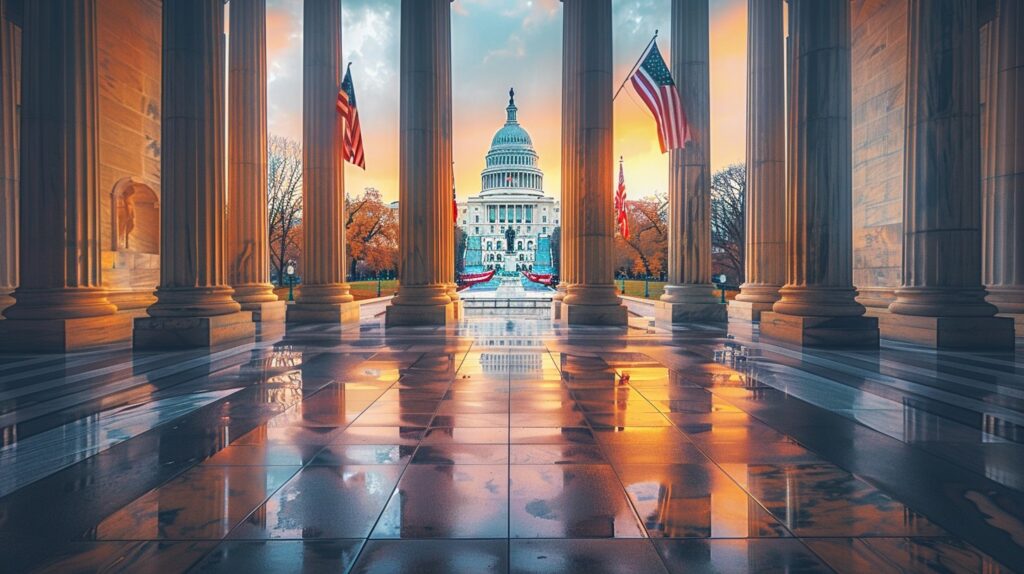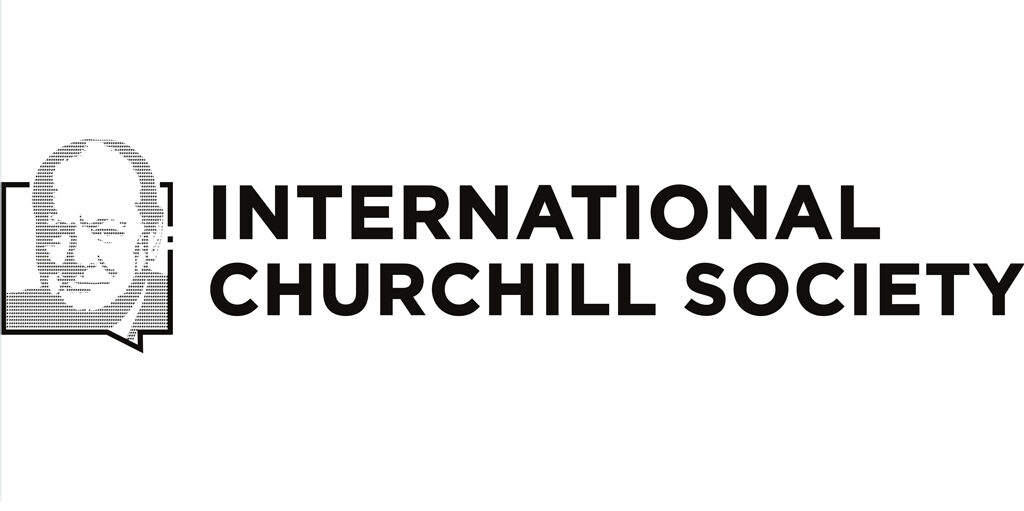
Finest Hour 146
Around and About

Winston Churchill, Parliament Square, London © Sue Lowry & Magellan PR
May 6, 2013
AROUND AND ABOUT: FINEST HOUR 146, SPRING 2010
==================
Anent our Poland features in FH 145, Sir Martin Gilbert was off to the snows of Warsaw in February, where he spoke on “Churchill and the Poles from Versailles to Potsdam”—a broadsweep exercise that enthralled his audience.
*****

2025 International Churchill Conference
Stephen Greene, chairman of HSBC, one of the largest banks in the world, on the free market (Wall Street Journal, 13 February): “I don’t myself believe that there’s any alternative to the market as the basic engine of economic and social development…. the alternatives have been tried. We know what they look like. That’s the stark lesson of the 20th century….I do stand by what you might describe as a Churchillian defense of the markets.” He means to say, writes the WSJ, that the market “is the worst form of economic organization, except for all the others that have been tried.”
*****
Steve Goldfein is reading in Churchill’s Marlborough where he is offered the Viceroyalty of the Netherlands by the Holy Roman Emperor. Although that meant £60,000 a year, offered political and military control he needed, pleased Queen Anne and made political and military sense, Marlborough declined without hesitation because it was bad for the “common good.” Steve adds: “I think what our countries want is someone they believe will put the ‘common good’ ahead of their personal needs; if a political party wishes to win people back, it must convince them that the principles that guided John Churchill and his great descendant in their public duties are alive and well. I fear we have a long way to go.”
*****
Senior editor Paul Courtenay complimented The Spectator for its review of “Into the Storm” starring Brendan Gleeson, while noting some flaws our review didn’t (FH 143):
“Leaving aside the permanent grumpiness of Winston and Clementine, who could not possibly have spent five years without smiling, there were a number of fairly obvious solecisms such as the apparent VC investiture (which would have been carried out by King George himself), the Teheran dinner (held at the British not the Russian Embassy) and “Some chicken, some neck” (proclaimed in Ottawa not Washington), I was pleased by the attempts to convey the horror of Churchill’s early wartime flights. But even these did not manage to convey the half of how uncomfortable— and hazardous—they were.
“Churchill did not usually fly to the United States as shown, but often went by sea, though he did sometimes return by air in a comfortable machine. His earliest flight to the Middle East in 1942 was entirely different. Not only was there no heating, as correctly and effectively depicted, but there were no seats and only minimal lighting; the 67-year-old Prime Minister had to lie on a shelf in the back of a dark, draughty, unpressurised Liberator bomber for some eight hours to reach Gibraltar, flying at night a long way out into the Atlantic before turning south; after refuelling, it was another thirteen hours across the Sahara to Cairo. Then, after continuing to Moscow and back in slightly better conditions, he had to endure the same horrific treatment on the way home, always with the chance of encountering a stray enemy fighter.
“Referring to this journey, General MacArthur said that if disposal of Allied decorations were placed in his hands, he would “award the Victoria Cross to Winston Churchill; a flight of 10,000 miles through hostile and foreign skies may be the duty of young pilots, but for a statesman burdened with the world’s cares, it is an act of inspiring gallantry and valour.”
Subscribe
WANT MORE?
Get the Churchill Bulletin delivered to your inbox once a month.
Oops! We could not locate your form.
Privacy


